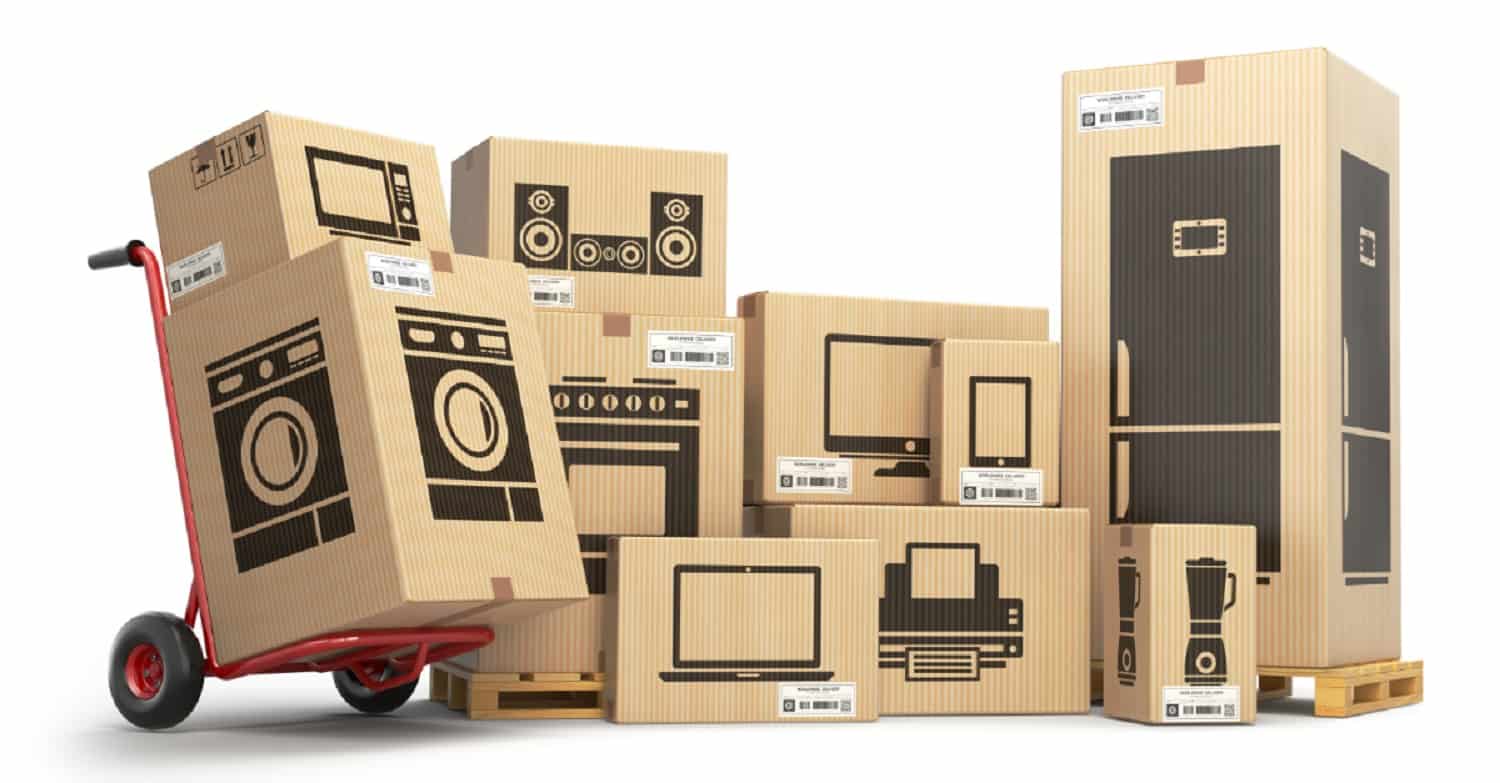We have all experienced it. The knock on the door, the sizeable parcel left on the step as the driver waves from the gate and leaves. We carry it off before opening it carefully lest we damage the goods inside. So where are they? A bundle of brown paper or inflatable plastic bags fill the box. We pull them out to reveal – a tiny package inside, perhaps a pen or torch, certainly something which could have been packaged much more suitably.
Fear not, help is apparently at hand. Companies have woken to the fact that with so many people now trying to recycle and minimise waste, steps need to be taken. And with the UK Office for National Statistics reporting internet purchases rising to 31.3% of total retail sales, the search is on for ways to overcome the problem.
According to packaging solutions group Quadient a ‘Which?’ survey reports 48% of customers agree that ‘excessive packaging is one of the most annoying things about online shopping.’ The same surveys show that many customers feel more positively about brands that are trying to reduce unnecessary packaging. At least the cardboard is seen to be recyclable, not so the bubble wrap and the polystyrene beads. Particularly baffling to consumers is when voids in the box are filled by even more cardboard boxes!
Without adequate dunnage in the voids, goods can be damaged in transit, and boxes become more susceptible to crush damage. Oversize boxes create unbalanced loads, causing back problems for warehouse and delivery staff, even when the overall weight of the package is quite low. Oversize boxes also waste transport space and delivery vehicles invariably ‘max out’ on volume long before they reach weight limits. Shipping empty space simply doesn’t make sense, it’s wasteful both environmentally and financially.
Companies that generate significant amounts of packaging are subject to Packaging Recycling Obligations (PRO), which means they either take their packaging back for recycling, or pay a fee in lieu. This raises £73 million a year in support of recycling efforts, but English local authorities estimate the cost to them of handling cardboard packaging is more like £700 million and rising. Now the Smithers PIRA consultancy predicts ecommerce packaging use to increase by 14.3% per annum over 2017-2022.
Jo Bradley, Business Development Manager for packaging solutions at Quadient (formerly Neopost) believes the way to reduce the waste is by employing the technology which now exists to create fit-to-size boxes for every consignment while improving throughput at packing stations and dramatically reducing a range of costs.
The CVP Impack autopacker from Quadient sizes (using 3D scanning), constructs, tapes, weighs and labels each individual order, whether of individual or multiple items. With a cycle time as short as seven seconds a single operator can do the work of up to ten packing stations, constructing up to 500 packages per hour. For enterprise-level volumes the CVP Everest can create up to 1,100 boxes per hour.
Typically, these machines offer a 20% saving in the use of cardboard and a complete elimination of void filling materials. Reductions in shipped volumes of up to 50% have been achieved. Packing errors are also reduced through check-weighing, invoices/returns labels automatically generated and included, and labelling can be integrated with automated carrier rate-shopping software.
So the company claims that a packing line can achieve higher and more accurate throughput with fewer staff, major savings on packaging material costs, lower transport volume requirements, a minimised exposure to recycling obligation payments, lower consumer anxiety and a positive message on sustainability.
To see how the technology works Quadient has made available a video of the machines in action – be warned it is somewhat mesmeric!







